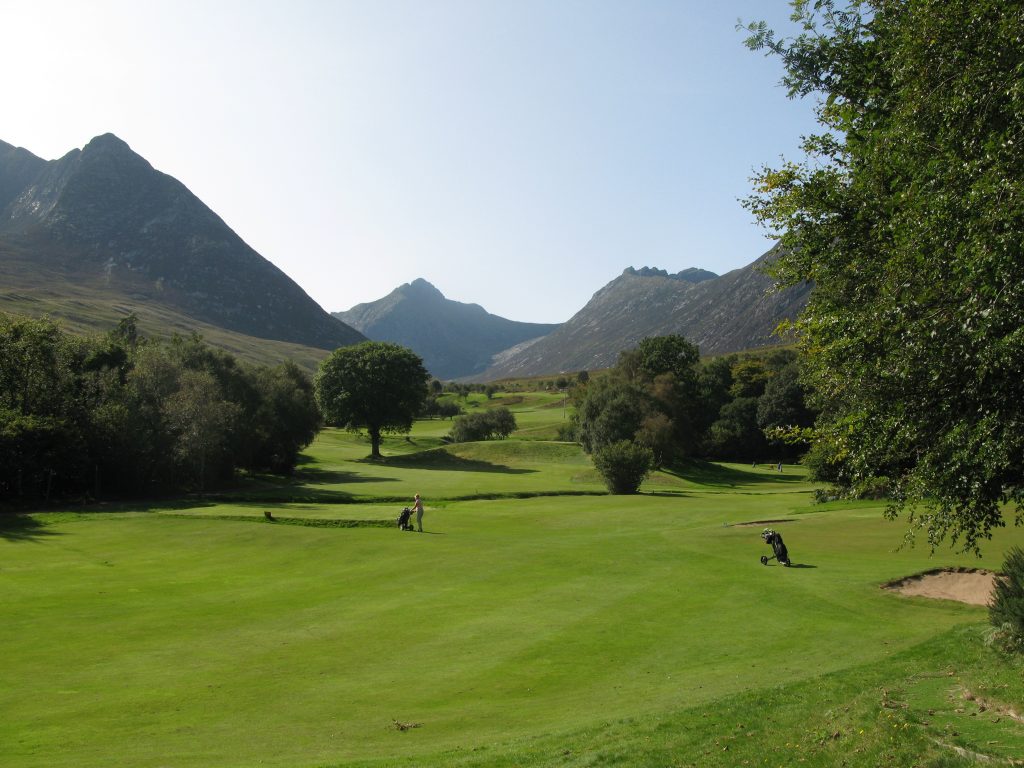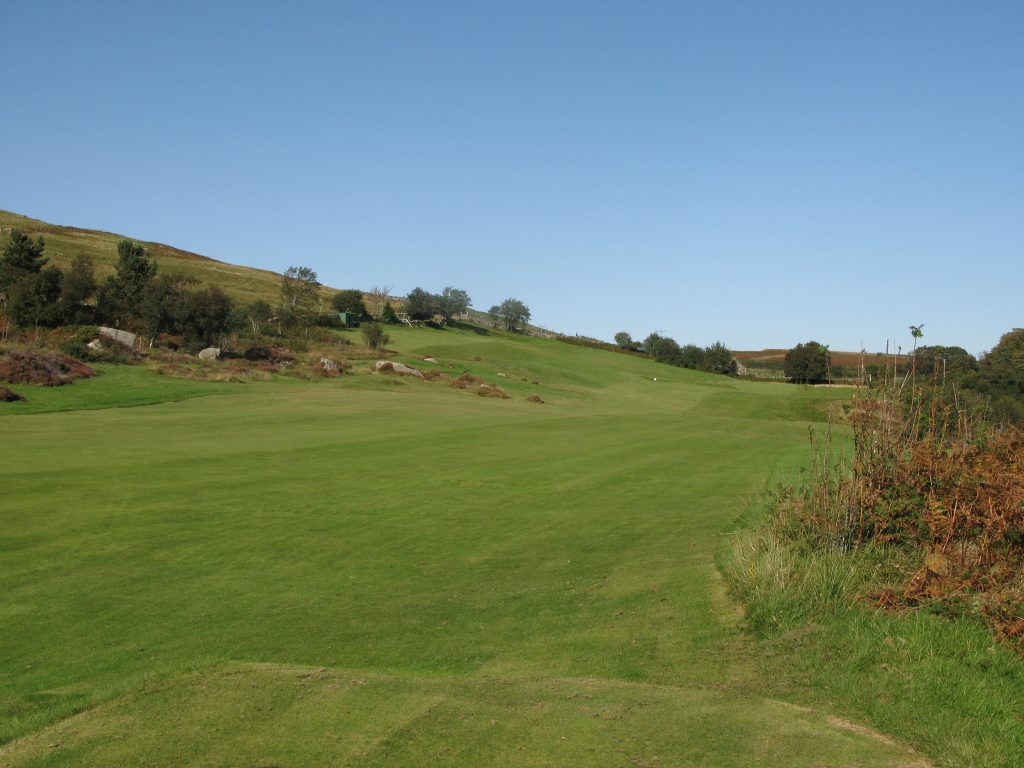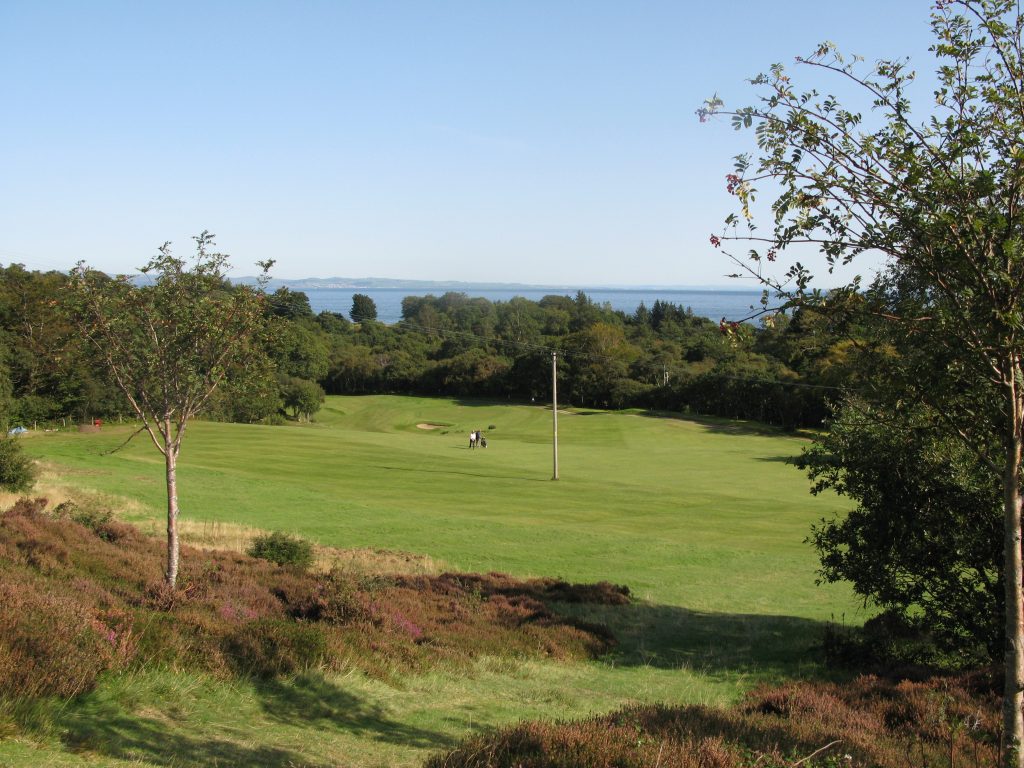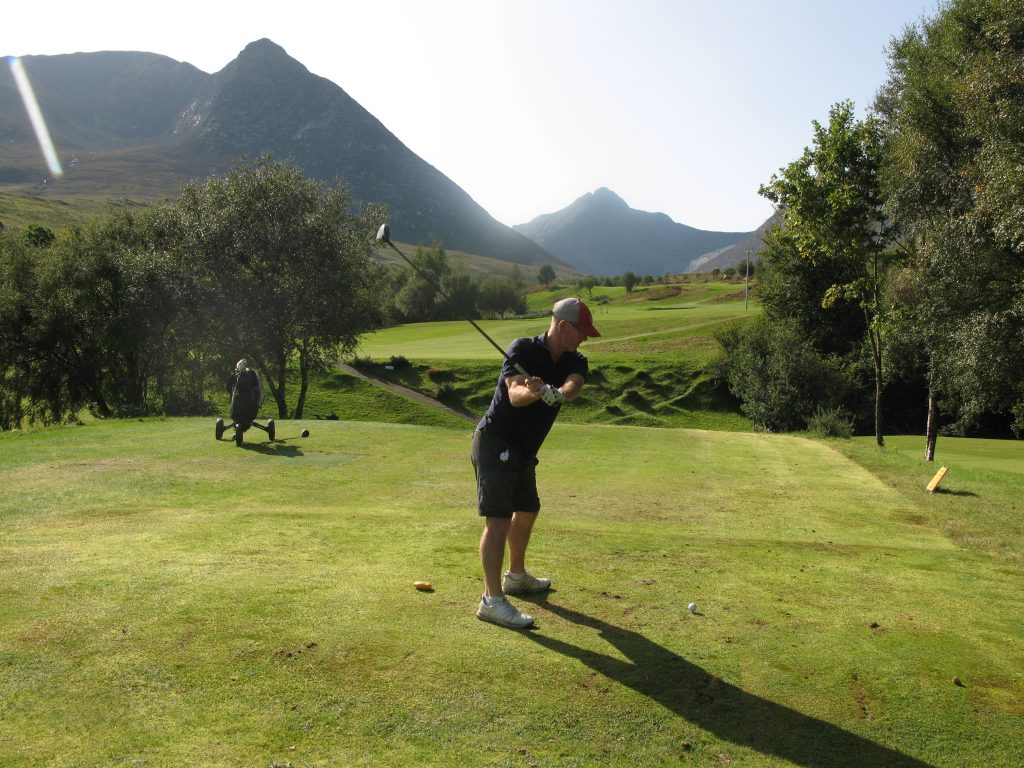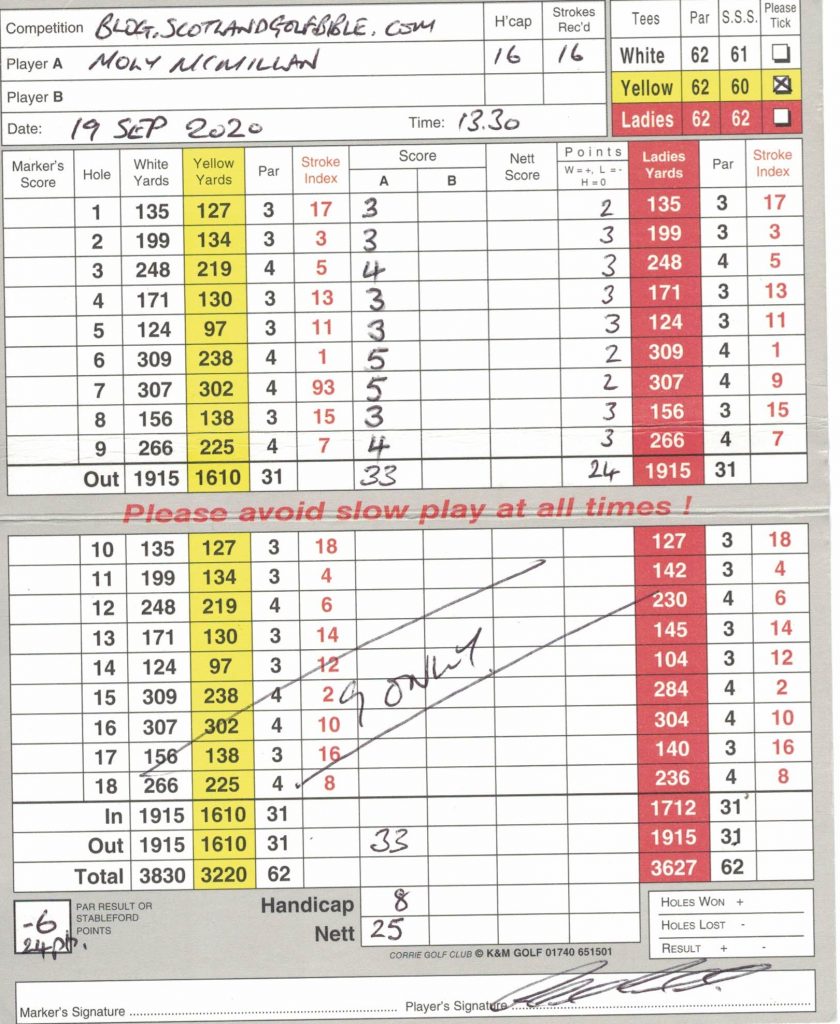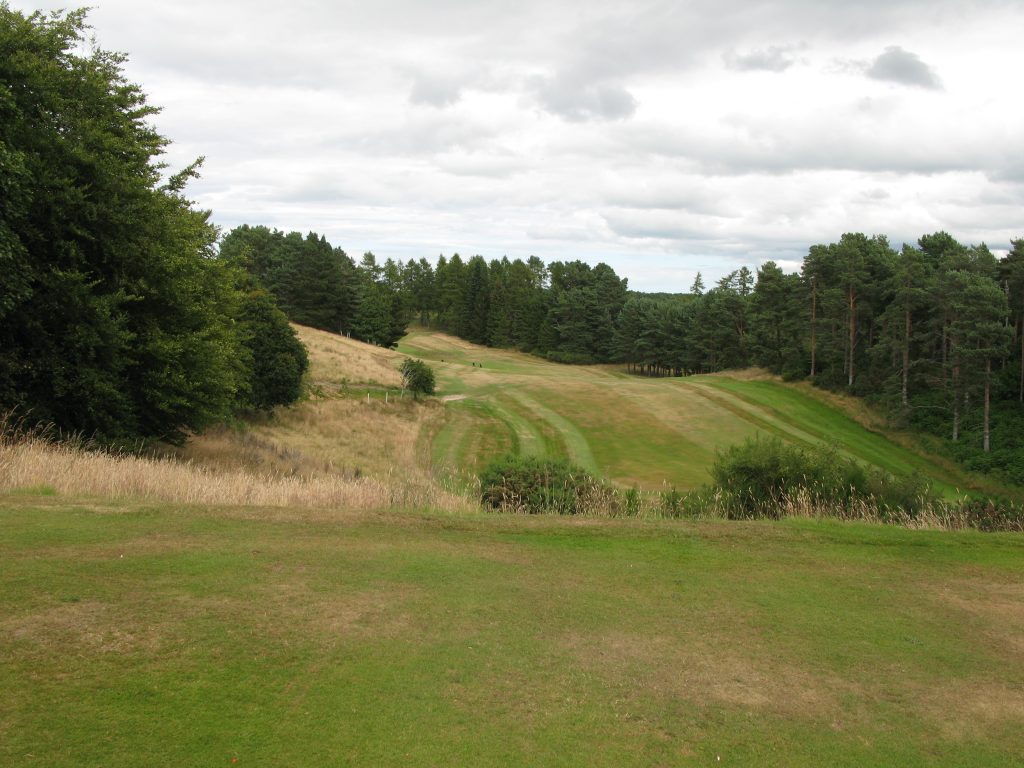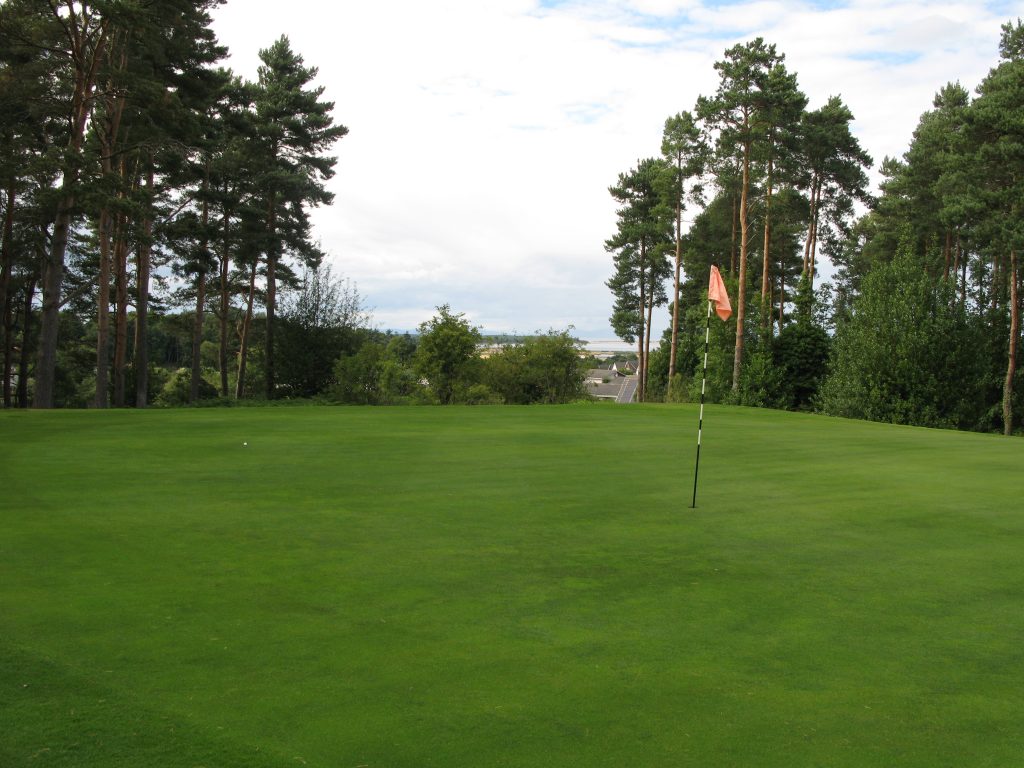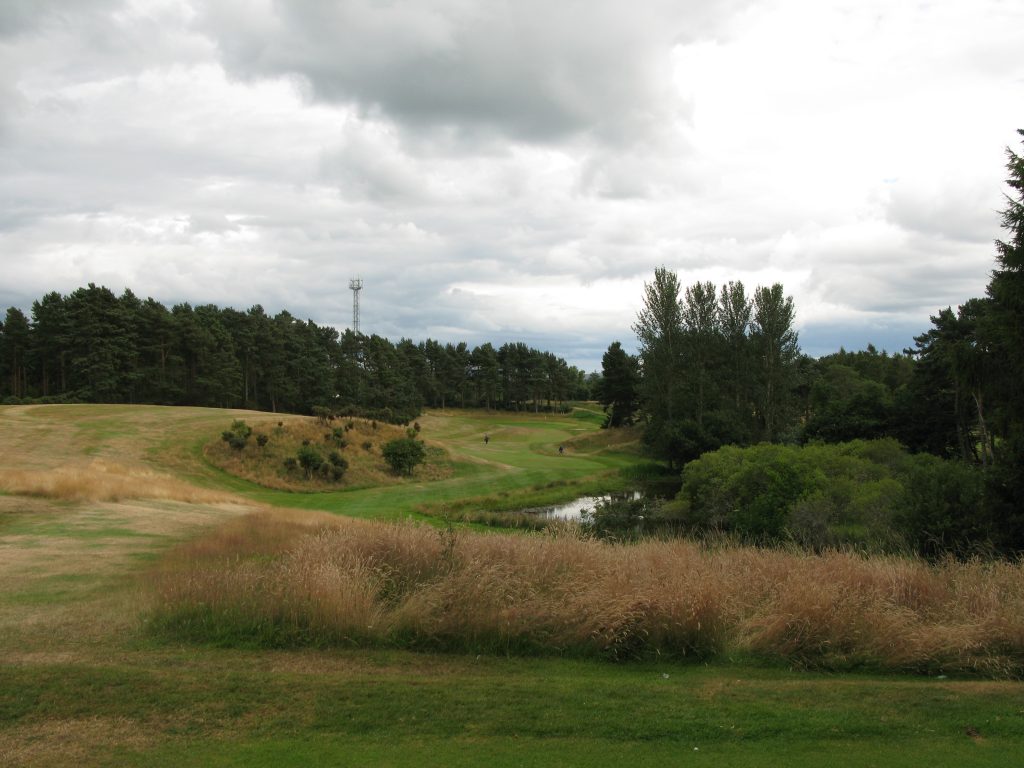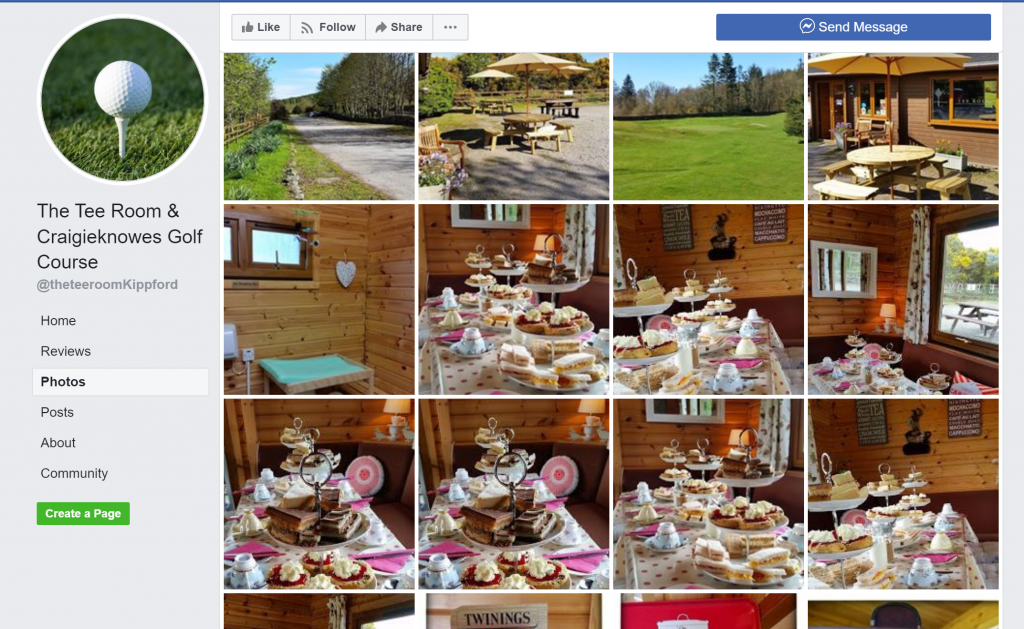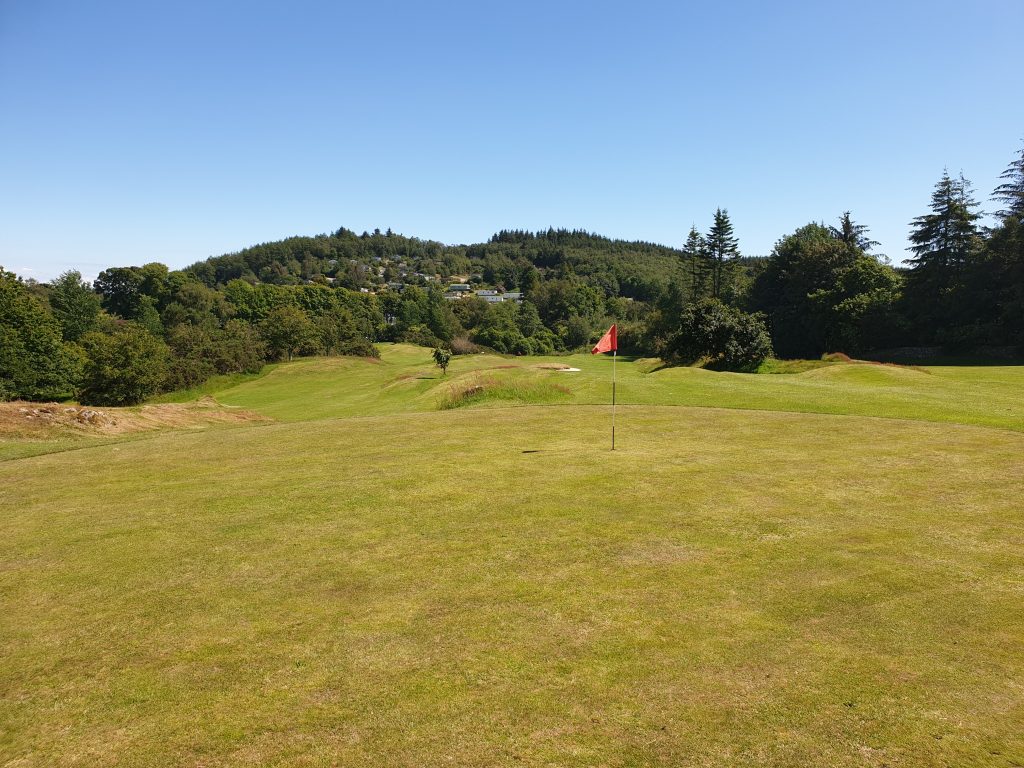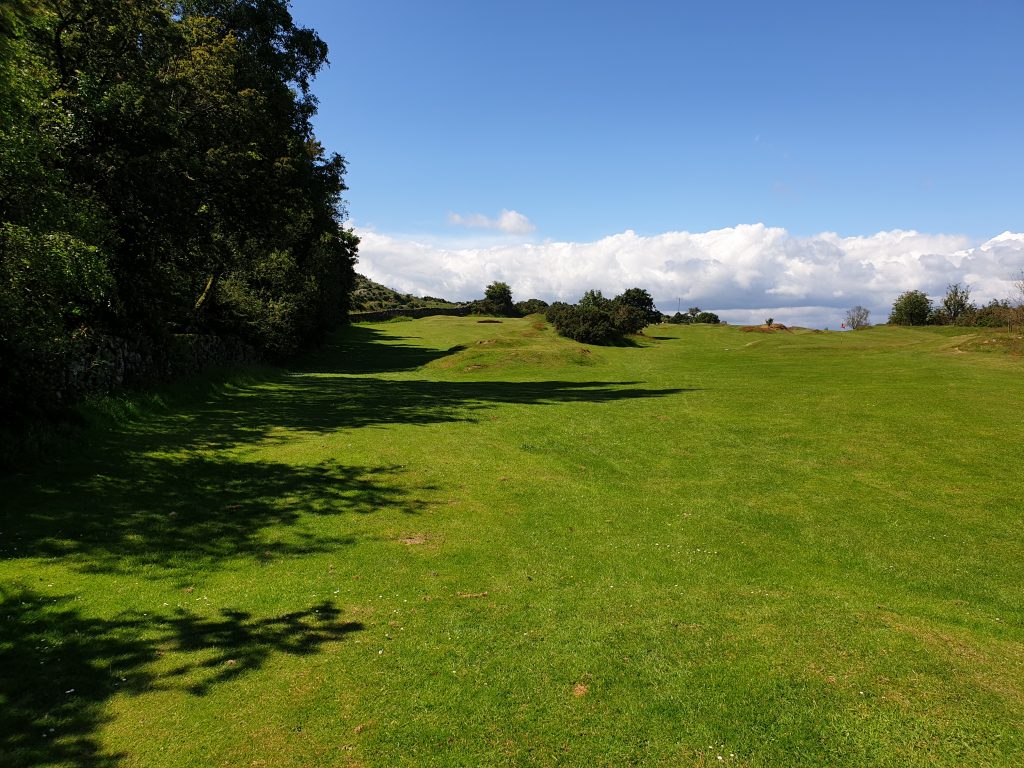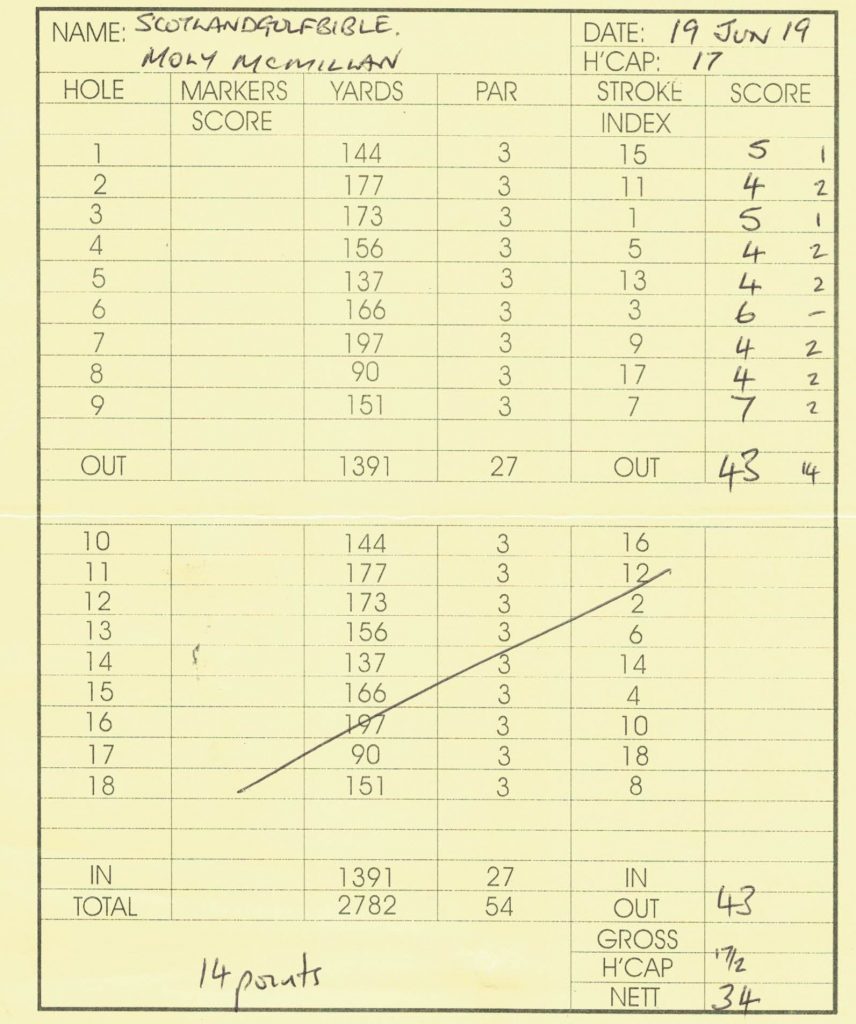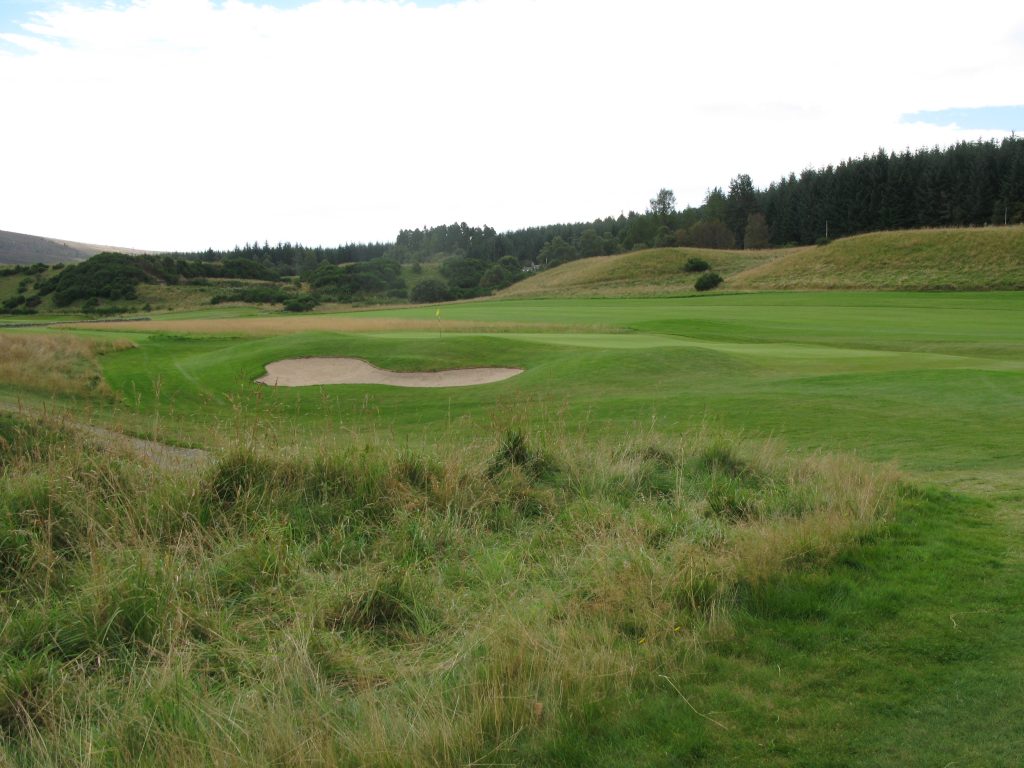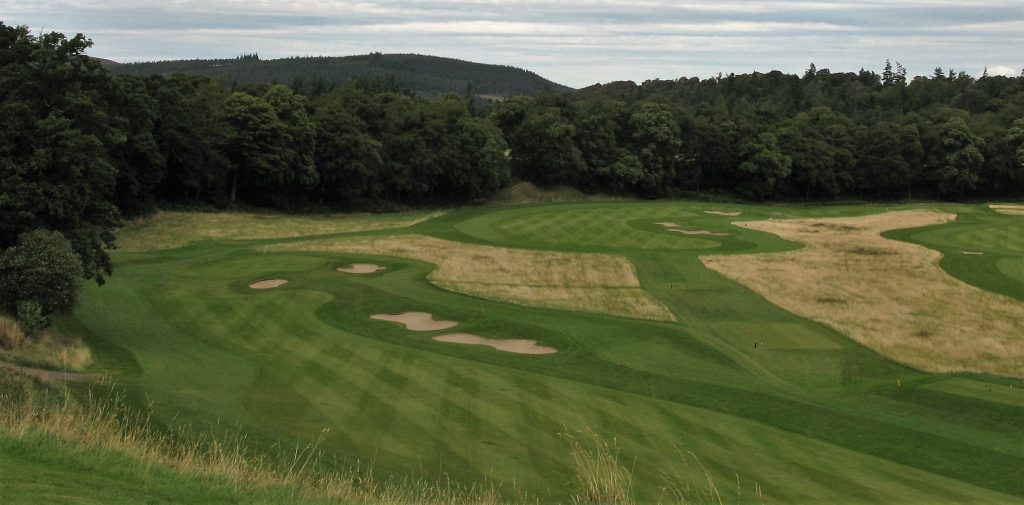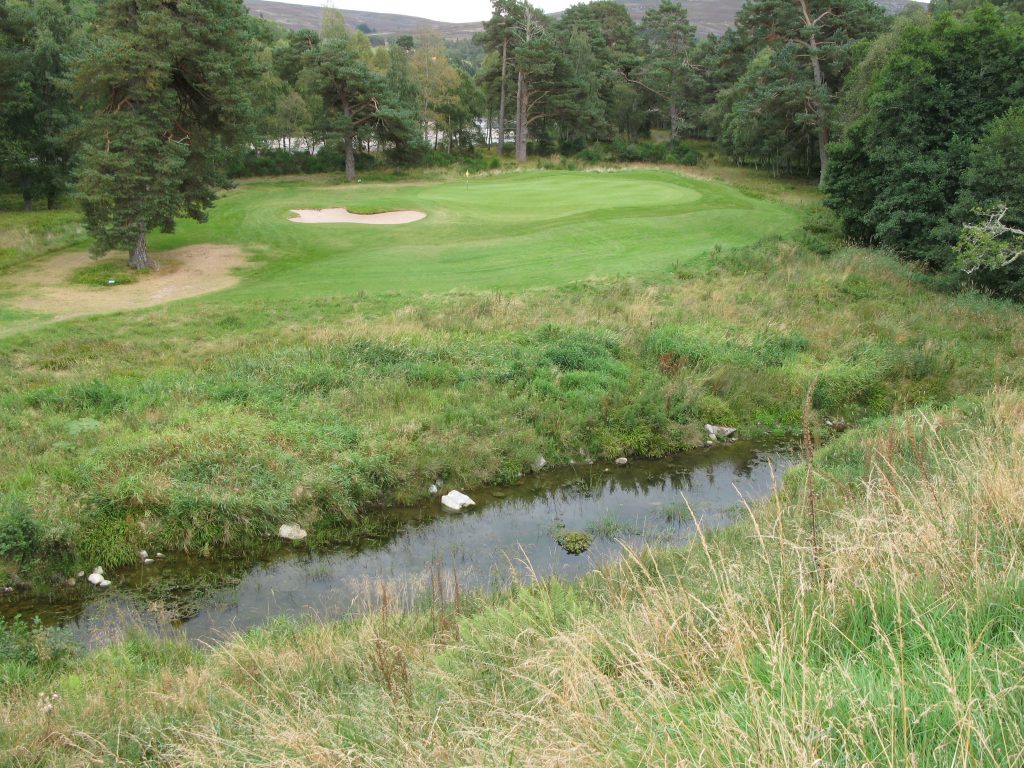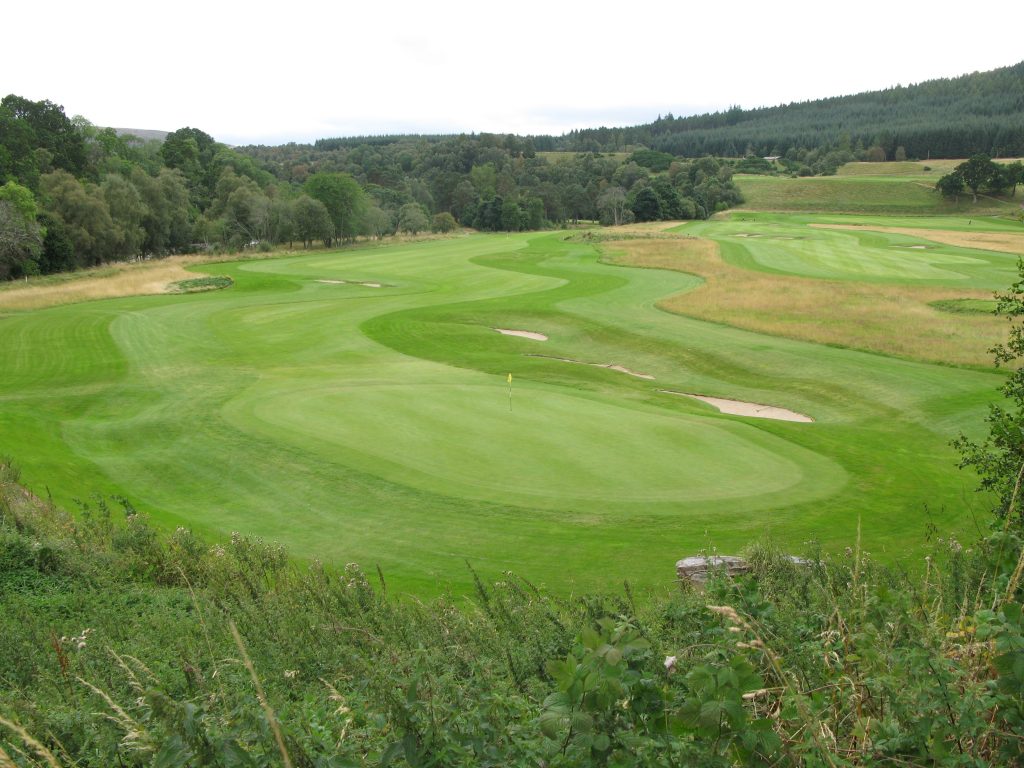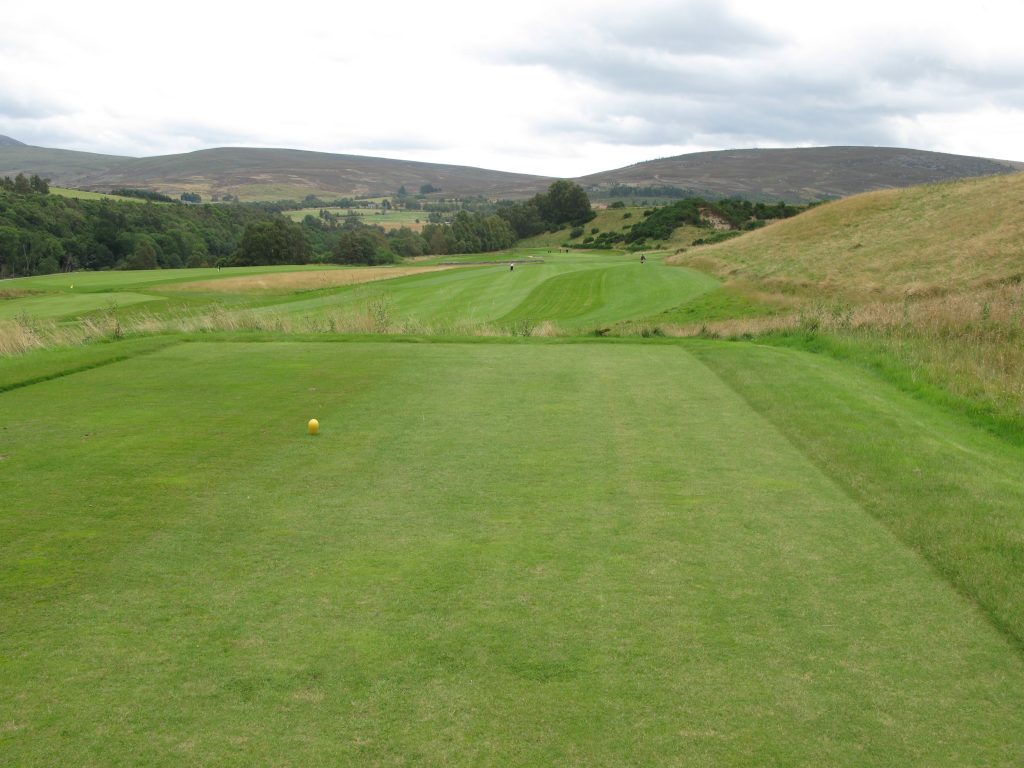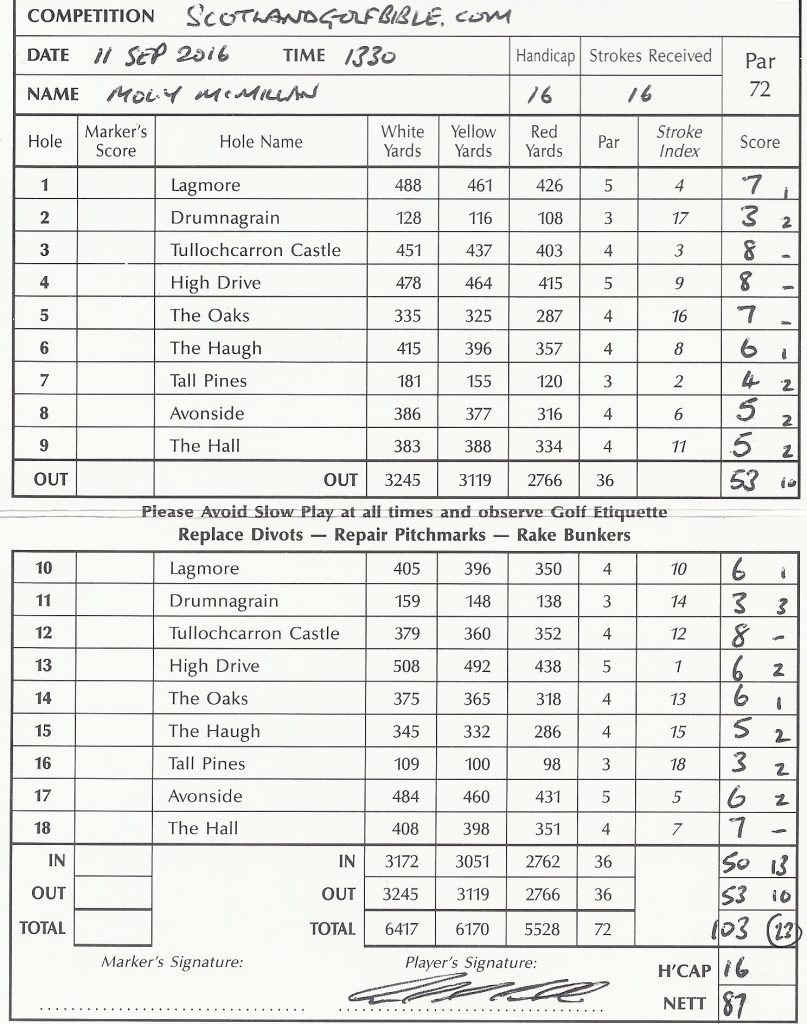Dishonest golfers spoil it for the majority at this spectacular setting
Round £20 (no 9 hole price). Par 62. Slope (yellow) 90. Value (out of 5) – 2
In assessing value for money at Corrie, a beautiful little 9 hole golf course in the Sannex Glen on the east of the island of Arran, you have a real conundrum. How do you assess the value for a 9 hole course, when they don’t have a rate for playing only 9 holes? It was £20 for the day, no matter how much you play. When asking some local members about the lack of a 9 hole rate, they advised me that in the past they had had several instances where people had paid for 9 holes but gone round twice. As often the case, the behaviour of the few, spoils it for the many.
Had there been a 9 hole rate of (say) £15, I would have said it was 4 out of 5 for value, but with no 9 hole rate it’s only 2 out of 5 in my book. There is a principle here.
Having got that off my chest, I’ll get on to the next criticism – Corrie must be the most hazardous course I’ve played, due to fairways crossing each other. The 7th, a stroke Index 93 (see card below?) downhill par 4 crosses over the 3rd fairway at about driving length! I just hope the club use some of those over-priced fees for golf insurance, because someone will inevitably get hit by a golf ball. Perhaps the SI 93 isn’t a typo, but the number of accidents that have occurred so far.
After the straight forward par 3 opening hole, the course vies up to the left into Glen Sannex and you witness for the first time the spectacular punch bowl in which the golf course is situated. Play on a fine day, like Fran and I did, and there are some heavenly view all around.
The course was in really good condition when we played, but I can imagine that the slopes could be treacherous when the course is wet. I’m sure the rain floods over the course off the hills. Therefore, if you’re visiting Arran, perhaps keep an eye our for nice weather before playing Corrie.
It’s also worth visiting the cafe which is located in the small club house – it had good ratings on Facebook and is worth the visit with its nice range of cakes.
The course was founded in 1892, so it’s a well established layout, and I get the impressions that it’s not been changed much over the years. The web site doesn’t have any history, but does have a nice layout explaining the holes, each labeled with the hole name. The sixth hole, an uphill par 4, well deserves the Stroke Index 1 rating, and is called “Smearing Horse” – I would love to hear from anyone who knows the origin of that name.
At only 3220 yards for the 18 holes (sic) off the yellow, with Slope Index 90, this should allow people to get a low round in. I was only 2 over gross, with no birdies, and can’t remember playing better. But with only 4 or so bunkers that I counted, this is a flattering score really.
No golf trip to Arran should miss Corrie, but I recommend planning to go around twice to get your money’s worth.
Facts:
Course Type: Highland
Par 31 (0 par 5s, 4 par 4s, 5 par 3s)
Distance: 1610
Moly’s Gross score: 33
